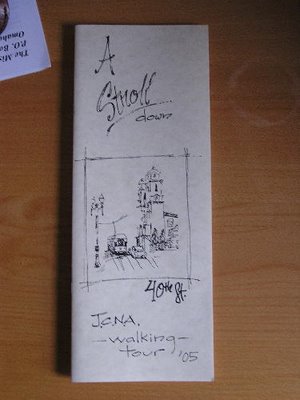
In the late 1800's Omaha began to expand its boundaries to the outer edges of 40th street as the population of Omaha exploded from 30,000 in 1880 to 140,000 in 1890. Real estate brokerages and building companies sprang up and struggled to keep up with housing demand. The construction of George Joslyn's 'castle' and begining of the St. Cecilia's Cathedral in the early 1900's ensured that this new area in Omaha was the place to live. From Farnam to Hamilton, 40th Street became a vibrant area with shopping districts at every major intersection, three churches, a community play house and many of Omaha's prominent citizens living along the corridor. From the early 1900's through the mid-1930's, public transportation(the Omaha streetcars) helped spur additional development in this area and beyond, to the neighboring villages of Dundee and Benson. The trolley service provided easy access to downtown and even to the far north edges of Omaha, where a favorite Sunday outing might include a ride to the end of the trolley line and a walk to Dodge Park for a picnic.
40th Street has a rich history and we can learn much by listening to its stories. Some of Omaha's famous and not-so-famous have lived here, and these people shaped Omaha and our community into what it is today. Take a stroll down these sidewalks and learn about a small part of Omaha through our forefathers' eyes. Our stroll begins at Dodge Street and ends at Cuming Street

At the lower center portion of this copy of a historic street map, you can see the Stuphan property that became the location of George and Sara Joslyn's home. Also note 40th street is named Lowe Ave.